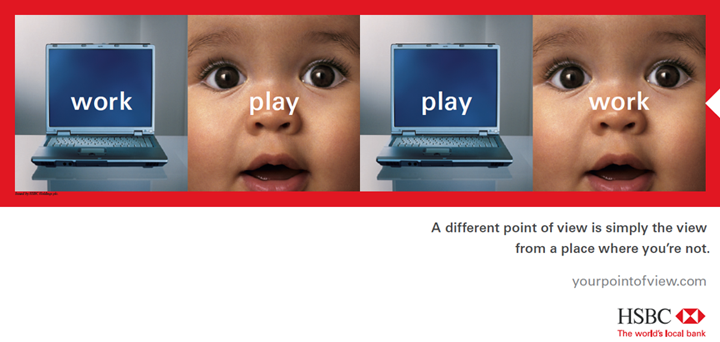Focus on Business Interests: The Case of the Sinking Warehouse
May 10, 2019 For the inaugural post on the Merge Mediation Group blog, I’d like to briefly discuss the role of empathy in mediating disputes where there is a strong emotional component. That is, in disputes where emotions play a central role, what strategies can mediators employ to encourage disputants to step into the shoes of their adversaries and see the other side’s perspective?
For the inaugural post on the Merge Mediation Group blog, I’d like to briefly discuss the role of empathy in mediating disputes where there is a strong emotional component. That is, in disputes where emotions play a central role, what strategies can mediators employ to encourage disputants to step into the shoes of their adversaries and see the other side’s perspective?
In a blog post published in February 2018, Charlie Irvine and Laurel Farrington define empathy as, in part, “the capacity for perspective taking: understanding what the world might look like from another’s viewpoint.” Towards the end of a lengthier article entitled Mediation and Emotions: Perception and Regulation, they propose a path for encouraging disputants to slowly develop the capacity to empathize with the other side. The value of such efforts, they argue, are budding connections and mutual understandings that increase the likelihood of resolution and lead to sustainable agreements.
Not surprisingly, parties will often resist invitations to empathize since it is uncomfortable to acknowledge the validity of an adversary’s positions. Ultimately, it’s a question of timing. Before encouraging empathy, the mediator first needs to build rapport by listening to each side’s story without criticism or judgment. Through such validation, the mediator builds trust, and as trust builds, participants will become receptive to suggestions to explore the other side’s perspective.
One tool mediators may find helpful for creatively introducing the idea of empathy are images that convey the concept more effectively than words possibly could. Take the illustration above for example. The number is both a nine and a six – it all depends on where you are standing. In a light way, it communicates the idea that opposing perspectives can both be valid.
A successful advertising campaign run by HSBC starting in 2005 sought to make a similar point about the nature of perspective. Identical pairs of photos were juxtaposed, but with diametrically opposed reactions superimposed on the same photo in each pair. The point was that there are always different perspectives on the same subject, both of which can concededly be valid. See sample ads here, here and here.
I’ve gotten good feedback from this idea in the form of “yes, this helps me, I get it now,” but I’d certainly be interested in hearing comments from readers using the form below.




